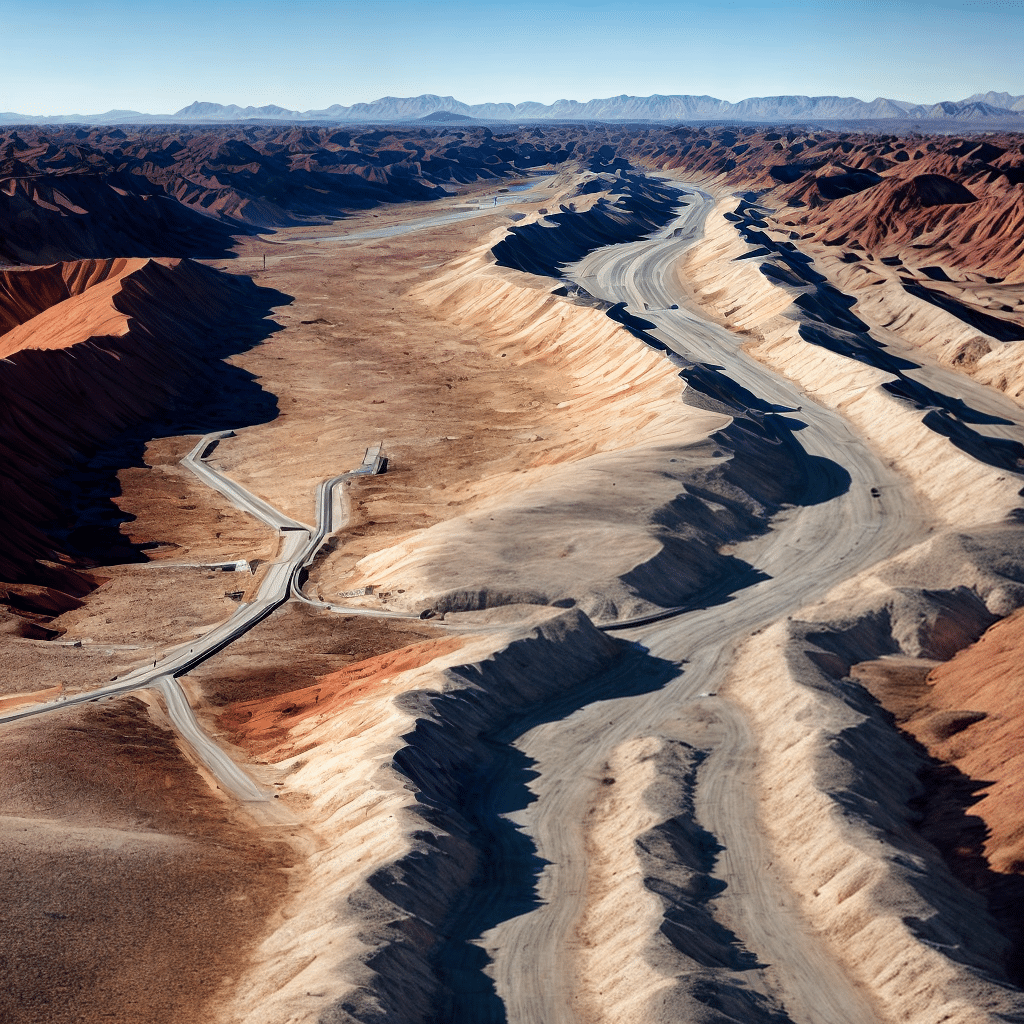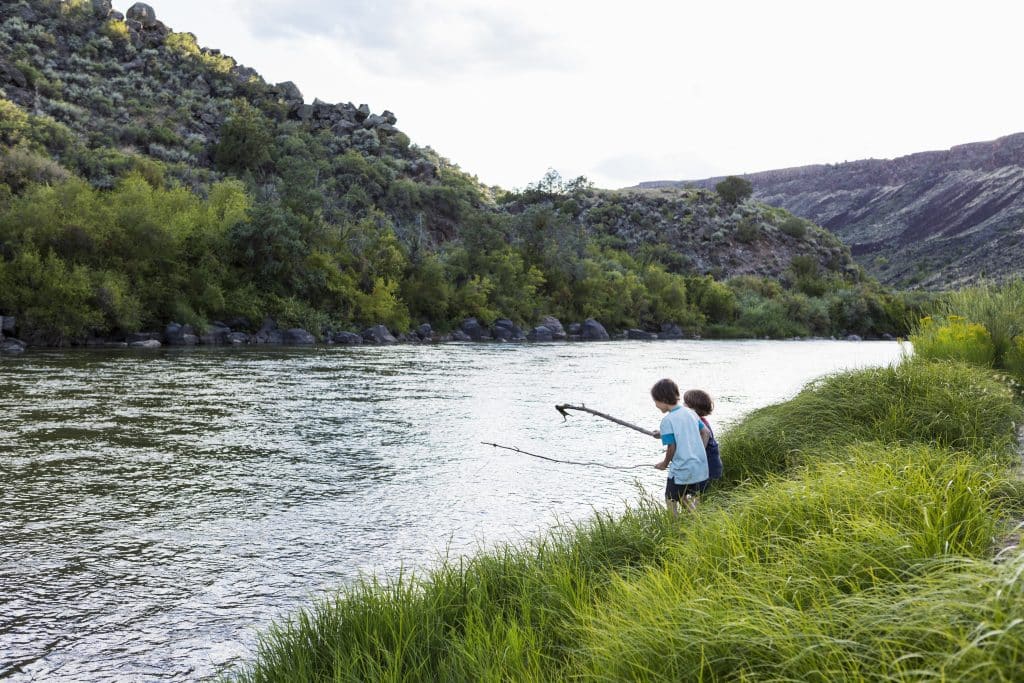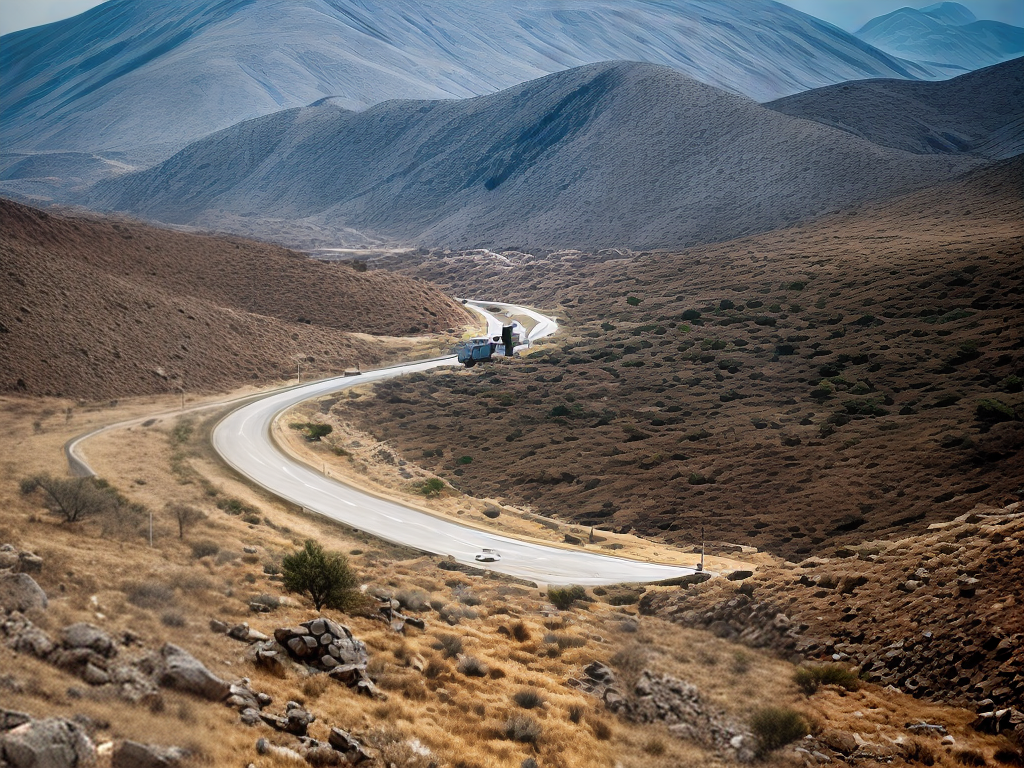In the border regions of different countries, a captivating fusion of music and dance emerges, creating unique art forms that showcase the rich cultural heritage of these areas. This article delves into the world of border region art, unveiling the mesmerizing combination of rhythms, melodies, and movements that have captivated audiences for generations. Join us on this journey as we explore the vibrant and diverse fusion art forms that transcend borders and inspire creativity.
The Cultural Tapestry of Border Regions
Border regions are often characterized by their diverse cultural landscapes, where different traditions and customs converge. These areas become melting pots of artistic expressions, resulting in the birth of distinct fusion art forms. Music and dance, being universal languages, play a crucial role in the creation of these unique cultural tapestries.
The Melody of Border Region Music
Music serves as a bridge between cultures, transcending linguistic and geographical barriers. In border regions, musicians draw inspiration from their respective traditions, blending diverse styles to create harmonious melodies that reflect the essence of their shared heritage. The fusion of instruments, rhythms, and vocal techniques gives birth to enchanting musical compositions that resonate with listeners.
Bold italic: The harmonious melodies of border region music are a testament to the power of cultural exchange and collaboration. They evoke a sense of unity and celebration, showcasing the beauty that emerges when artistic traditions intertwine.
The Rhythm of Border Region Dance
Dance, as a form of expression, adds a visual dimension to the fusion art forms of border regions. It embodies the collective spirit of the communities, telling stories through graceful movements and intricate choreography. Influenced by cultural exchanges, border region dances fuse elements from various traditional styles, resulting in captivating performances that mesmerize audiences.
Italic: The rhythmic movements of border region dance reflect the shared history and cultural heritage of the communities residing in these areas. They showcase the resilience and creativity of generations, passing down their traditions through the language of dance.
Captivating Fusion Art Forms
Border regions give rise to a plethora of fusion art forms that captivate audiences with their unique blend of music and dance. Let’s explore some of these captivating art forms and the stories they tell.
1. Tango-Flamenco Fusion: The Passionate Dance of the Borders
The passionate embrace of tango meets the fiery footwork of flamenco in this mesmerizing fusion art form. Originating from the border regions of Argentina and Spain, this dance combines the sensuality of tango with the rhythmic intensity of flamenco. As dancers weave their way across the stage, the fusion of these two iconic styles creates a captivating display of emotion and skill.
2. Kathakali Ballet: The Colorful Symphony of India’s Borders
In the southern border regions of India, the ancient art form of Kathakali fuses with ballet, resulting in a captivating visual spectacle. Kathakali, known for its elaborate makeup, vibrant costumes, and intricate gestures, merges with the grace and technical precision of ballet. This fusion art form brings together the rich storytelling traditions of India with the elegance and poise of Western ballet, creating a stunning synthesis of cultures.
3. Butoh-Capoeira Fusion: The Enigmatic Dance of East and West
Originating from the border regions of Japan and Brazil, the fusion of Butoh and Capoeira showcases the meeting of two distinct cultures. Butoh, a Japanese dance form known for its avant-garde and introspective style, merges with Capoeira, a Brazilian martial art infused with dance and acrobatics. This fusion art form explores themes of identity, spirituality, and social commentary, captivating audiences with its enigmatic and thought-provoking performances.
4. Clogging-Step Dance Fusion: The Energetic Rhythms of Border Communities
In the border regions of Appalachia, USA, the lively footwork of clogging merges with the intricate steps of traditional Irish dance. This fusion art form brings together the energetic rhythms of American clogging with the graceful movements of Irish step dance, creating a harmonious blend of cultures. The percussive sounds of the dancers’ feet echo through the halls, celebrating the lively spirit of the border communities.
5. Kizomba-Tango Fusion: The Sensual Dance of Cross-Cultural Romance
The sultry rhythms of kizomba, originating from Angola, blend with the passionate embrace of tango in this fusion art form. As dancers move in sync to the seductive melodies, the fusion of these two dance styles creates an intimate and sensual dance experience. This fusion art form transcends borders, symbolizing the power of cross-cultural connections and the beauty that emerges when different worlds collide.
6. Bharatanatyam-Flamenco Fusion: The Intersection of India and Spain
The classical Indian dance form of Bharatanatyam intertwines with the fiery movements of flamenco in this captivating fusion art form. Originating from the border regions of India and Spain, this dance combines the intricate footwork and expressive hand gestures of Bharatanatyam with the passionate energy and percussive rhythms of flamenco. The fusion of these two vibrant dance styles creates a mesmerizing display of artistry and cultural exchange.
7. Salsa-Belly Dance Fusion: The Fusion of Latin and Middle Eastern Rhythms
The infectious rhythms of salsa merge with the sensual movements of belly dance in this vibrant fusion art form. Originating from the border regions of Latin America and the Middle East, this dance combines the energetic footwork and hip movements of salsa with the graceful undulations and isolations of belly dance. The fusion of these two captivating styles creates a dynamic and expressive dance form that celebrates the diversity of cultures.
Conclusion
The fusion art forms that emerge from border regions reflect the beauty of cultural exchange and collaboration. Music and dance serve as powerful mediums for communication, bridging gaps and fostering understanding between different communities. The enchanting fusion art forms explored in this article highlight the creativity, resilience, and shared heritage of border regions. Through the harmonious melodies and rhythmic movements of these art forms, we are reminded of the transformative power of cultural fusion and the universal language of artistic expression.


